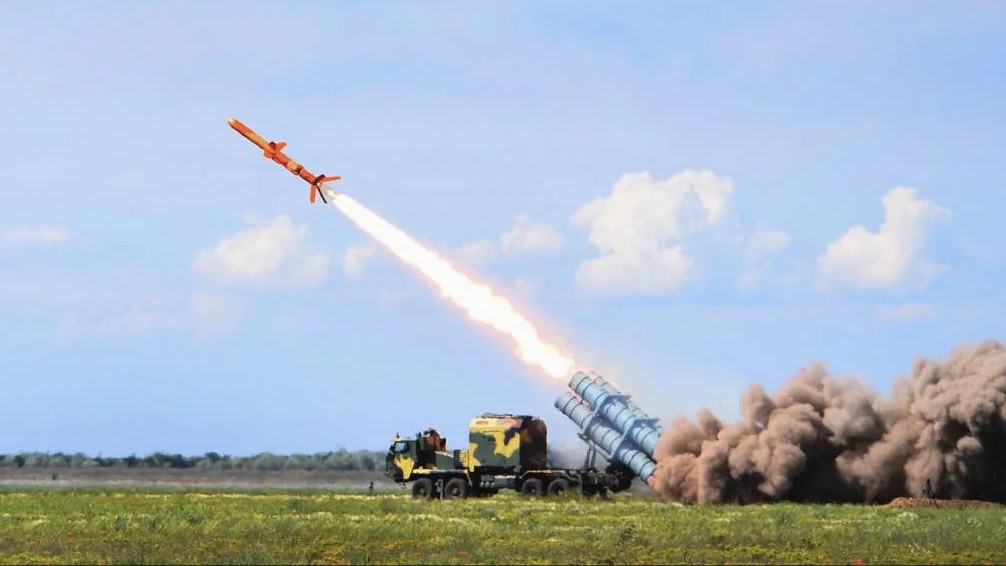India Issues NOTAM Covering 1,700 km Range of Bay of Bengal for Potential Hypersonic Glide Vehicle Test from November 15-17

India has issued a Notice to Airmen (NOTAM) covering a 1,700-kilometer range in the Bay of Bengal for a potential ballistic missile test, scheduled between November 15 and 17, 2024. This strategic notification suggests a significant test that could involve one of India's advanced ballistic missile systems, as the designated range and location point toward the possibility of a long-range missile launch.
The extensive 1,700-kilometer range designated in the NOTAM is consistent with the capabilities of India's developing strategic missile inventory. Among the possible candidates for this test are missiles from the Agni series, notably the Agni Prime with HGV, and potentially submarine-launched ballistic missiles (SLBMs) like the K-4 or K-5, which are critical components of India’s second-strike capability. With the Agni Prime's reported range falling between 1,000 and 2,000 kilometers, it aligns well with the range covered by the current NOTAM, making it a likely candidate for the upcoming test. Additionally, advancements in India's SLBM programs, particularly the K-4’s capability to cover 3,500 kilometers and the newer K-5’s range potentially reaching 5,000 kilometers, further underscore India's commitment to ensuring a strong deterrence in the region.
The Bay of Bengal’s strategic location has long made it a preferred testing site for India’s missile programs. With its vast maritime expanse, the Bay provides a secure and controlled environment, ensuring minimal disruption to regional activities and facilitating comprehensive monitoring of the missile’s trajectory, accuracy, and overall performance. By designating a 1,700-kilometer range, India ensures that test parameters reflect operational requirements, allowing defense scientists and analysts to evaluate flight data, warhead accuracy, and re-entry mechanics under real-time conditions. This controlled environment is crucial for DRDO and India’s armed forces to validate these systems’ reliability, especially as they enhance or introduce technologies to improve accuracy and adaptability.
The Indian ballistic missile program has made substantial advances in recent years, driven largely by the Defense Research and Development Organisation (DRDO) and other supporting defense bodies. As India continues to refine its technology, each test marks an incremental step towards self-reliance in defense, helping establish a credible and indigenous missile capability. Whether this upcoming test involves an updated variant or a new technology demonstration, it highlights India’s investment in a modern, capable deterrent force, with capabilities that not only ensure national security but also project India’s increasing regional defense independence.
Issuing a NOTAM ahead of the test is standard international practice, aimed at securing airspace and informing both air and maritime traffic of the restricted zones during the test. This protocol minimizes risks and allows other countries and civilian operators to avoid the designated test area, enhancing overall safety. As India continues to progress with its missile systems, it is likely that similar notifications will be issued to signal future tests, both as a matter of transparency and to maintain international norms.
With this upcoming test, India reaffirms its commitment to strengthening its defense capabilities and adapting its missile technology to meet the evolving security landscape in the region.


